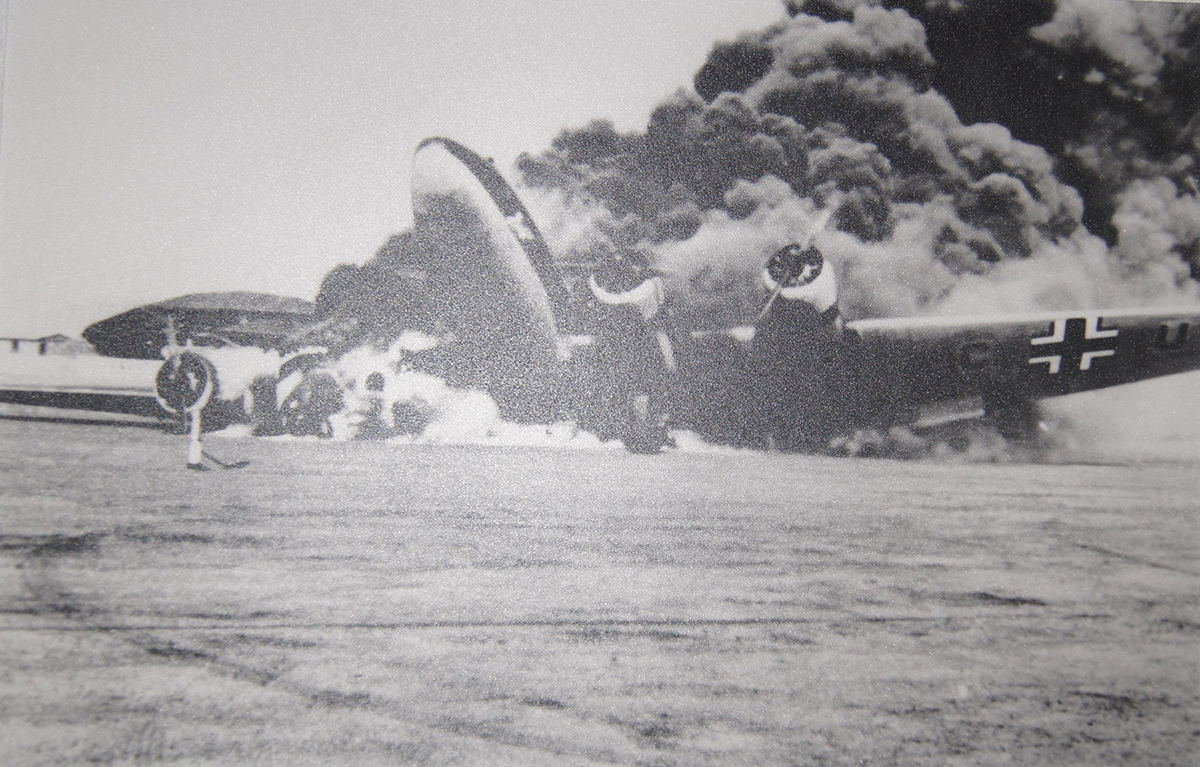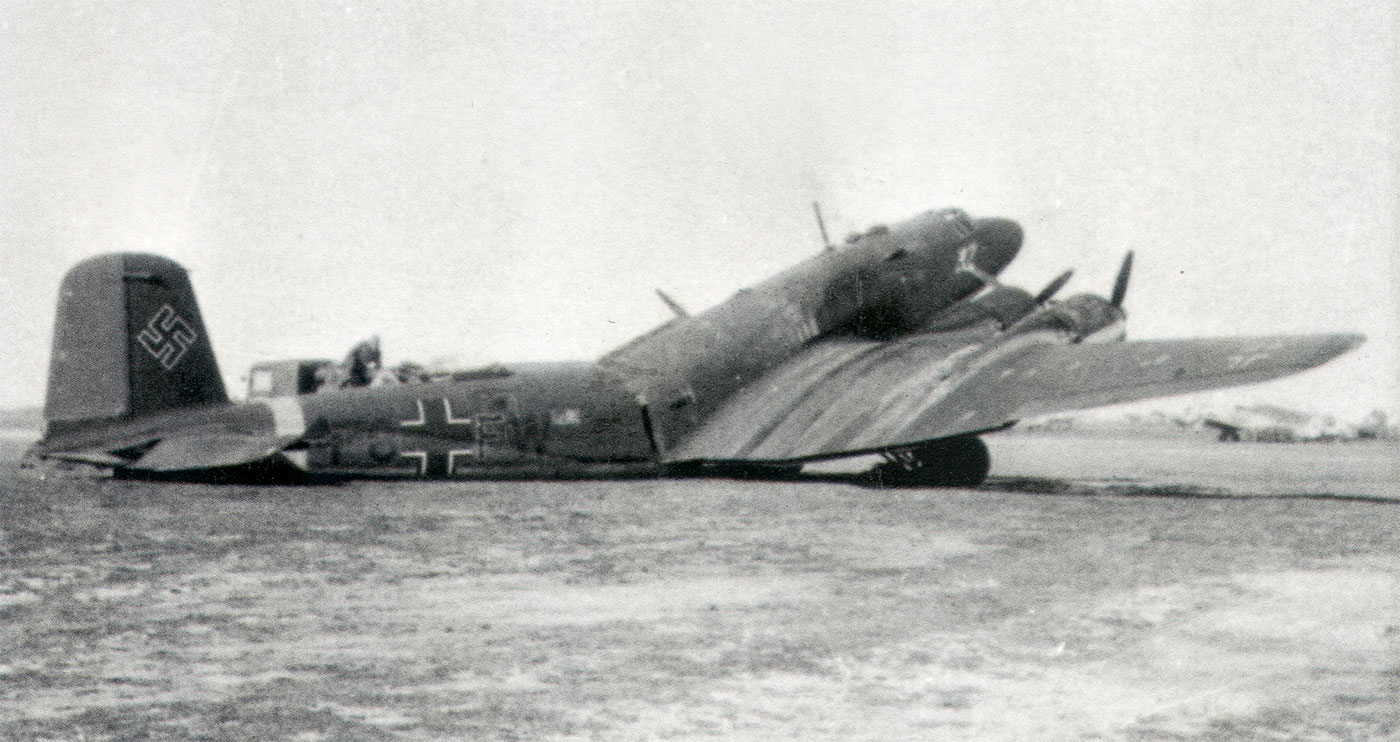maltesefalcon wrote: ↑27 Jan 2021, 07:22I'm more or less on board with above. My last comment was poorly phrased. What I was really trying to convey was that the Germans could not blame their bomber design for failure to subdue the British by air attack.
This touches on the over focus on specific hardware items & not examining operational systems. The Luftwaffe was built 1934-1940 as a one shot system for brief operations. If the campaign lasted more than a few weeks its ability to continue operations degraded rapidly. The effort to change this was never successful enough. Lacking focus the haphazard 'improvements' of 1941-1943 failed to keep pace with Allied capability.
In 1968 out numbered and antiquated Sherman tanks of the Israli Defense Force defeated modern T54 & T62 equipped armies. Doctrine, training, logistics, command and control, all were combined in a better 'System' for the Israelis . It was much the same for the Luftwaffe in 1941-1944. Goering & company created a system that could not cope with the conditions of sustained campaigns. The Ju88 was thought to be a wonder weapon in 1939-1940. Which would take the bomber arm further to single blow capability. That effort was rendered moot by the same one shot operating system that cut short the other air offensives of the German air force.

